Discover The History At Archaeological Museum In Delhi In 2025
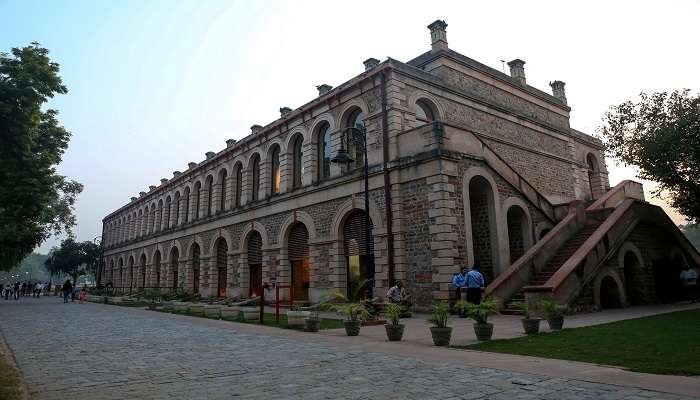
The Archaeological Museum In Delhi is located in the Red Fort. It contains objects, paintings, calligraphy, fabrics and crockery traced to the Mughal Era. This museum is now under the organisation called the Archaeological Survey Of India. The belongings are mostly of the Mughal dynasty. The museum shows the cultural tapestry from the Mughal and Mauryan eras. Each remnant tells the storied past, which deals with stories of conquests, trade routes and many other cultural exchanges. If you are curious about the city’s past, the Archaeological Museum of Delhi is just the right place, promising an enriching experience.
History Of Archaeological Museum In Delhi
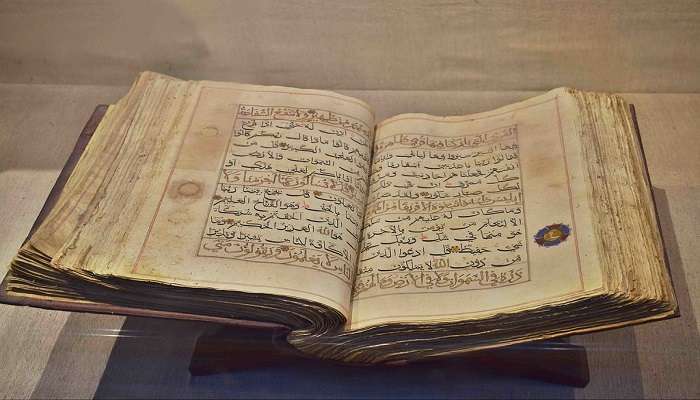
This museum was previously known as the Palace Museum and dates back to 1911. It was earlier located in the Naubat Khana. It was later shifted to the very pretty Mumtaz Mahal as it was used as a mess by numerous British Rulers. Nadir Shah’s invasion took and looted many of the Mughal belongings. The belongings were sold in the British Museum. Because of these reasons, this museum only showcases a few artefacts. The museum plays an important role in India’s preservative efforts. Visitors can glance at various paintings and remnants, each from a separate period of time. Today, along with ASI, the Ministry of Culture overlooks this important site in Delhi.
Must Read: Hill Stations Near Delhi
Places To Visit Nearby The Archaeological Museum
Several other places of cultural and historical significance are near the museum. These places promise to give you a holistic and unforgettable experience in Delhi.
1. Chandni Chowk
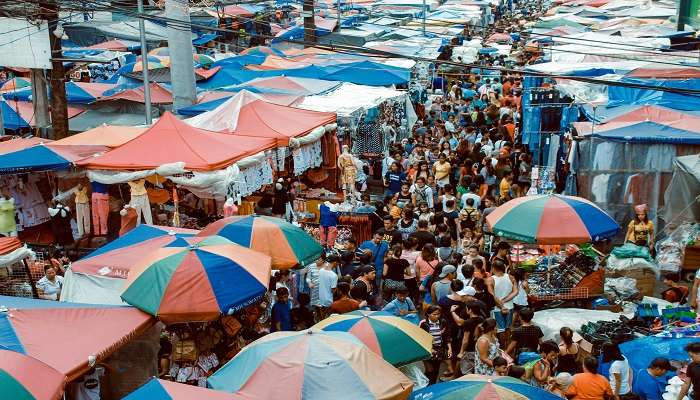
Chandni Chowk is located adjacent to the Archaeological Museum. It is a very busy market that dates back to the reign of the Mughal Emperor Shah Jahan. He built it in 1650, and his daughter Jahanara overlooked and designed it. Chandni Chowk is the largest wholesale market in Delhi and throughout India. Numerous temples hold significance near this area. The area is renowned for its speciality in street food and spices. It sells sweets of more than 1000 types and various sarees from Chikan and Zari.
Location: Chandni Chowk, Old Delhi, New Delhi – 110006, India
Distance From The Archaeological Museum: 2.2 km
2. Jama Masjid
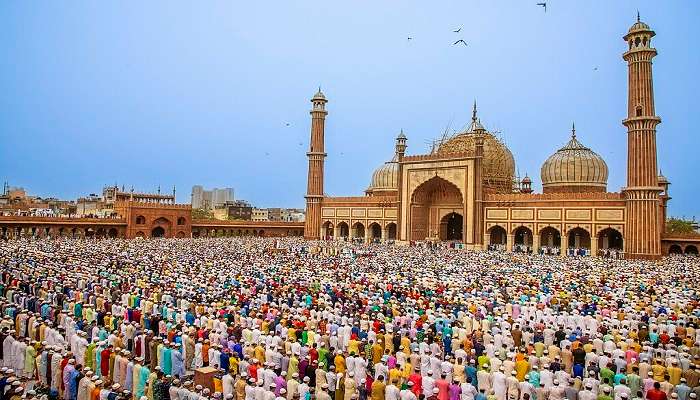
Jama Masjid faces the Chandni Chowk, the most magnificent mosque in Delhi and India. Emperor Shah Jahan built this mosque between 1644 and 1656. It is a beautiful marvel gifted to Delhi and built with pure red sandstone. Jama Masjid has a huge courtyard that accommodates up to 25,000 people. The Mughal style inspires the architecture of this site, which has two tall minarets overlooking the cityscape. This is an active place of worship near Chandni Chowk and is one of the most iconic sites in India.
Location: Jama Masjid, Chandni Chowk, Old Delhi, New Delhi – 110006
Distance From The Archaeological Museum: 1.9 km
Suggested Read: Spa Resorts Near Delhi
3. St. James Church
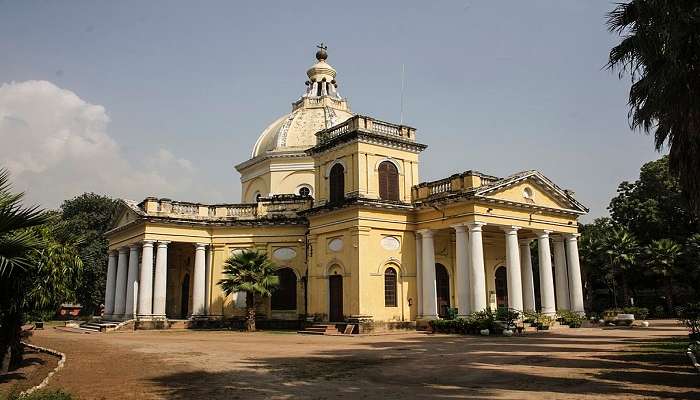
St. James Church is very near to the Archaeological Museum in the Red Fort. The church was typically built during the British Colonial Period in 1836. The church is built with Neo-Gothic architecture. There are beautifully decorated arches, stained glass windows and a peaceful ambience. It has been a place of worship since the time of British rule, and crowds visit it daily. The surroundings of this church are very peaceful and an ideal spot for retreats. St. James Church is also known as Skinner’s Church. It was once regarded as the official church of the British Viceroy of India.
Location: Church Mission Road, Near Kashmiri Gate, Mori Gate, New Delhi- 110006
Distance From The Archaeological Museum: 3.4 km
Highlights Of The Archaeological Museum In Delhi
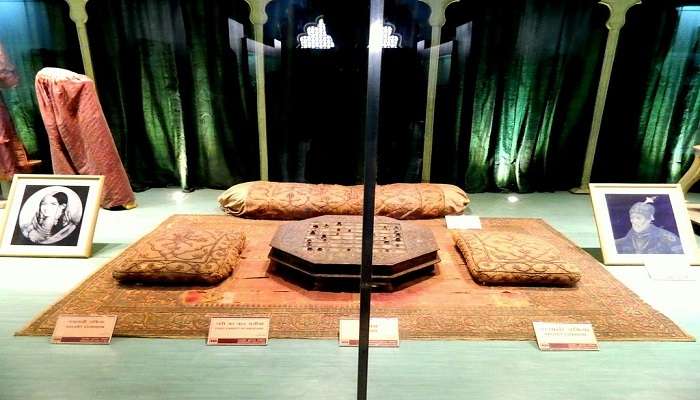
This is an important hub for history enthusiasts and artefact lovers. Visitors can visit three galleries, each dating back to a certain period. The first gallery showcases artefacts and antique structures from the 2nd and 3rd centuries. It also has numerous paintings, manuscripts, and stone inscriptions from the era of the Mughal Emperor Akbar.
The second gallery has artefacts, including coins, pottery, bronze statues, seals, rocks, and crockery. Coins from the Indus Valley Civilization are also displayed in this gallery. The second gallery also showcases ancient devices used for astrological calculations.
The third gallery showcases only the relics dating back to the Indian Rebellion of 1857. It includes a few of the famous ghazals, an ink pot, a pen holder, and perfumes belonging to Bahadur Shah Zafar. The royal attires of queens and kings are also showcased and beautifully embroidered.
Further Read: Museums In Delhi
The Archaeological Museum in Delhi symbolises Delhi’s and India’s mesmerising past. The diverse collection of artefacts spans centuries. The museum is renowned for both educating and showcasing what the city holds. Visiting this museum is not only a journey but an experience that leaves its visitors in awe. With a profound experience of this place and many other tourist attractions nearby, your trip to Delhi will be as valuable as India’s past. The museum takes us through the legacies of dynasties that have shaped the city to date.
For our editorial codes of conduct and copyright disclaimer, please click here.
Cover Image Source: Shutterstock
Frequently Asked Questions About Archaeological Museum In Delhi
What is the famous museum in Delhi?
The National Museum in New Delhi is the most famous in India. It is now also known as the National Museum of India. Established in 1949, this museum is one of the largest museums in India.
Which is the first archaeological museum in India?
The first archaeological museum in India was established in 1814 in Kolkata. Much of the collection of this museum was passed and shifted to the Indian Museum which was also established a few years later in the city in 1866.
Who is India's best archaeologist?
Braj Basi Lal was India’s best archaeologist. He was born in 1921 and is also known as BB Lal. He was trained under the most prolific archaeologist Mortimer Wheeler.
Is Red Fort free entry?
The entry fee for Indians in the Red Fort is INR 35 and for foreigners, it is INR 500. For the light and sound show, the entry fee for adults is INR 60 and INR 20 for children. During the weekend, the price rises to INR 80 and INR 30 respectively.
Why is Delhi famous?
Delhi is famous for its historical, cultural and political significance. It is also an important hub for commerce and trade in the country. Delhi is India’s capital and was named after King Raja Dhilu who once ruled this region.
People Also Read:
Karen Blixen Museum Lamu Museum Pazhassi Raja Archaeological Museum
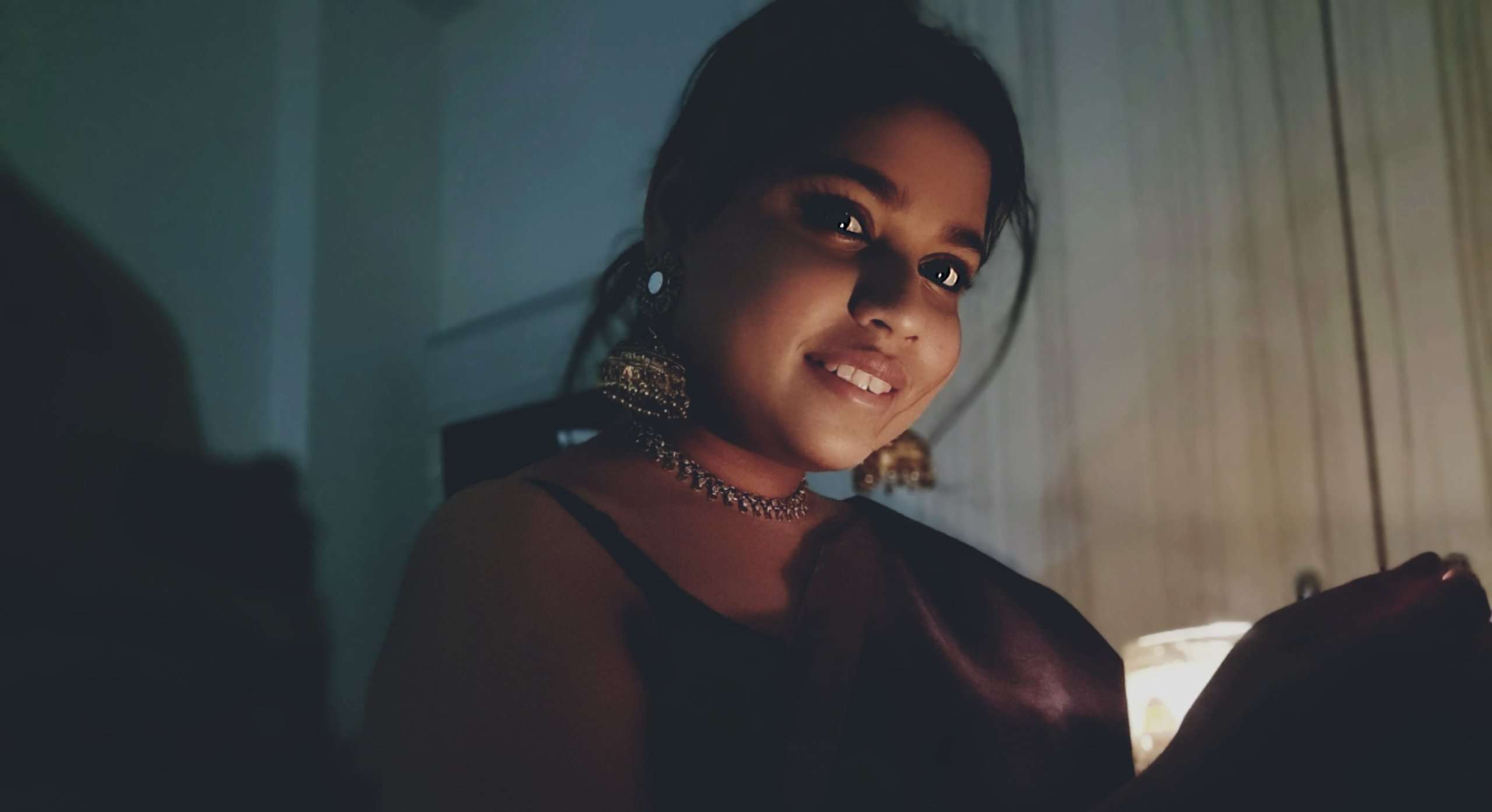
As a Travel Content Writer, I live to conquer the world of globetrotting with words. With my unquenchable thirst for storytelling, I believe that my words will inspire you to travel around the world’s breathtaking landscapes. As for me, I am an unapologetic selenophile, who loves to wander around in a starry night!











